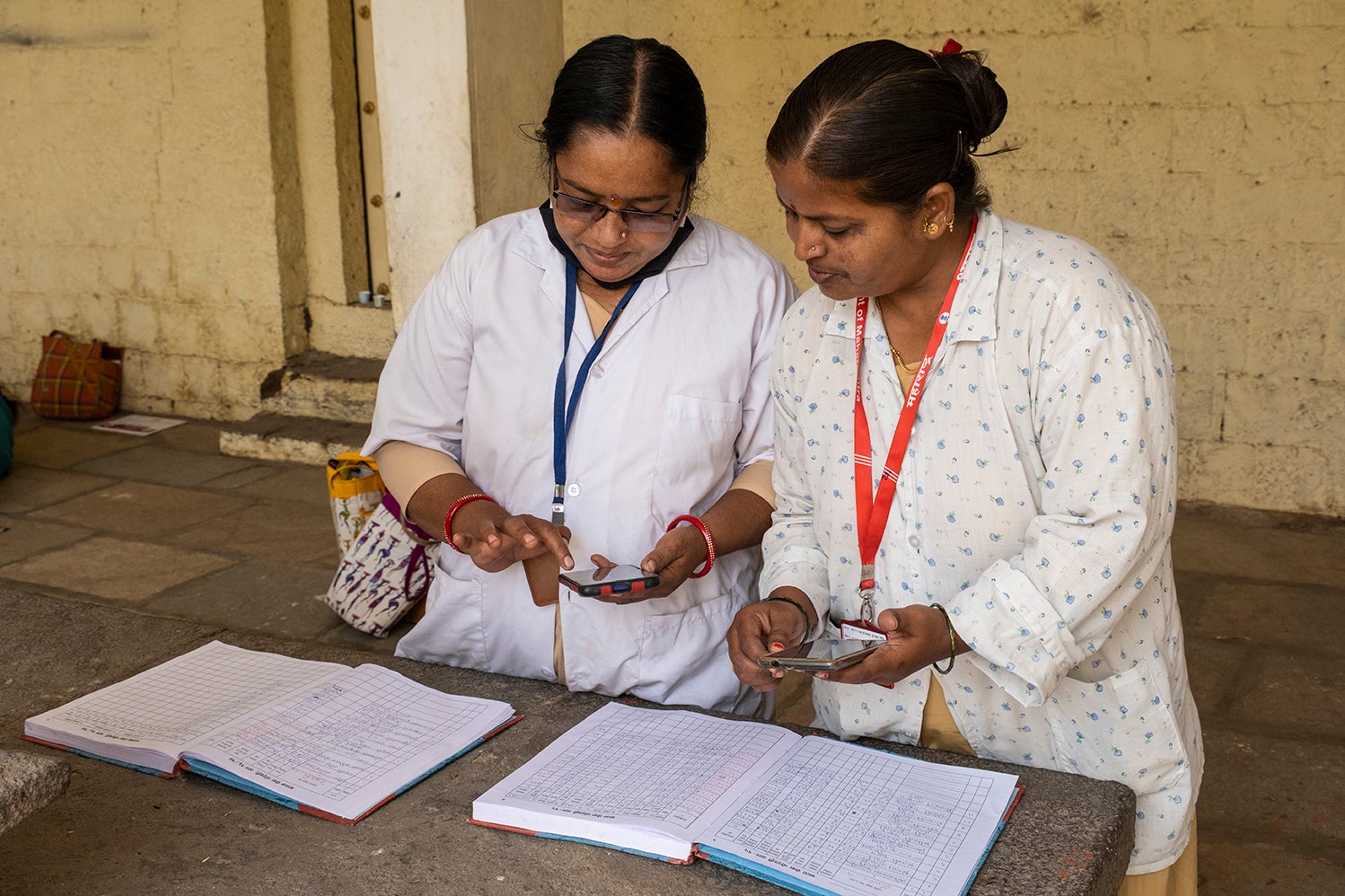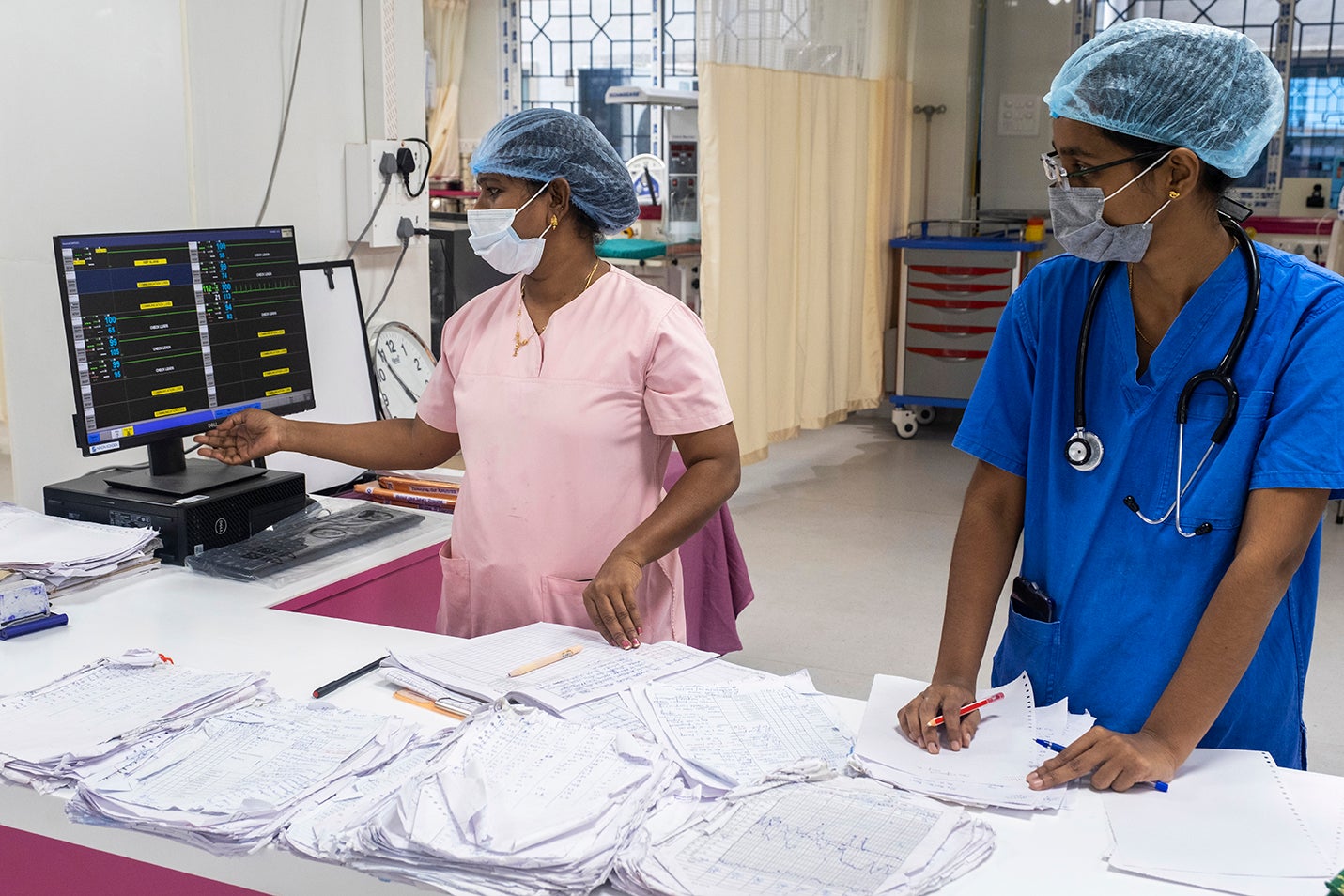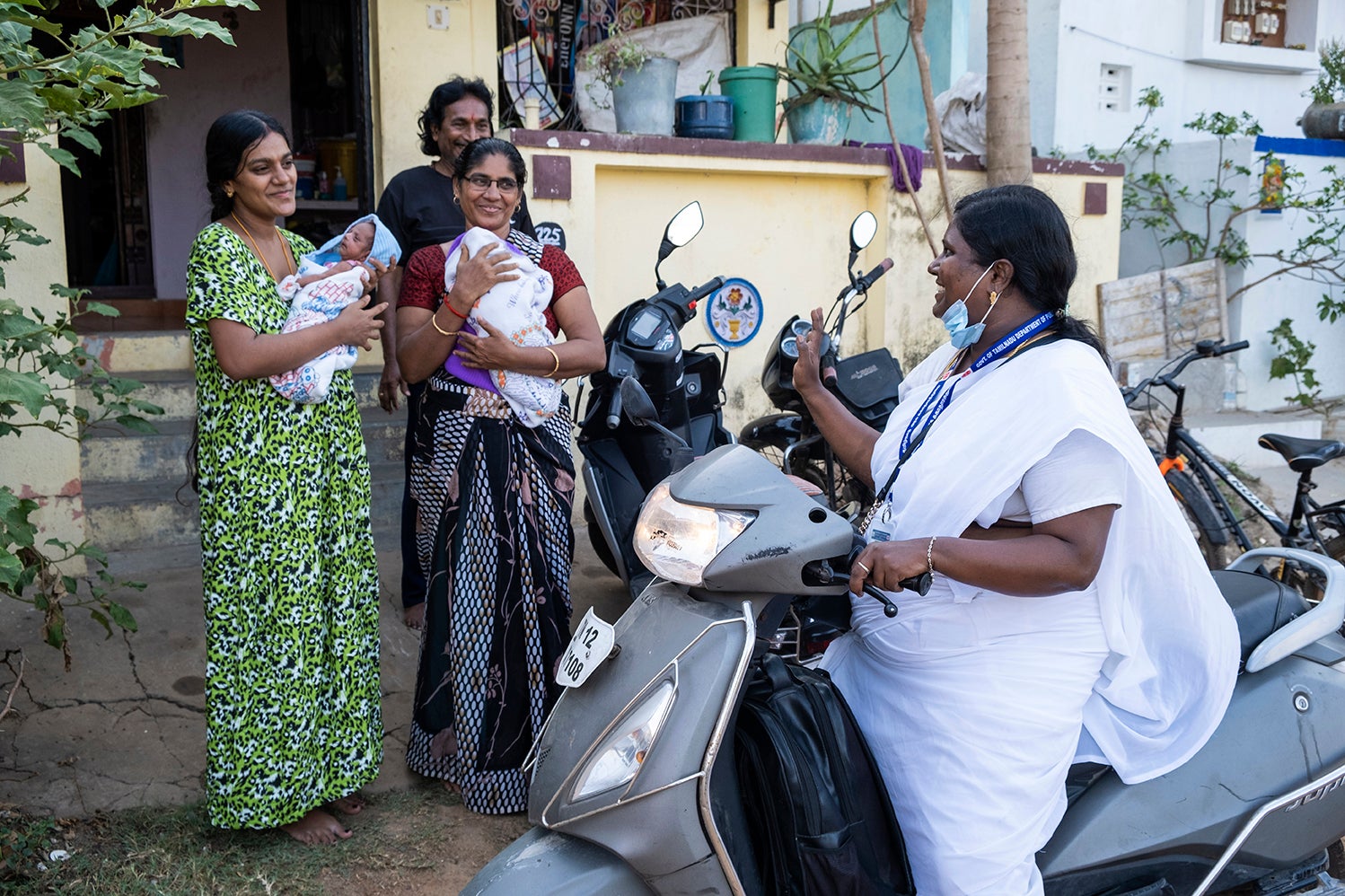Maharashtra and Tamil Nadu: Lower Mortality Exemplar States in Neonatal and Maternal Mortality Reduction
Acknowledgements:
Ministry of Health and Family Welfare, India MNH Exemplars Steering Committee, India MNH Exemplars Technical Working Group, Countdown to 2030, and Other Contributors
CONTENTS
Introduction to the Exemplars study in India
India is a diverse country, with a population that grew from 1.06 billion in 2000 to 1.42 billion by 2022. Considering India’s size and diversity, in this analysis, states were grouped into clusters based on their neonatal and maternal mortality levels and per capita incomes. As shown below in Figure 1, these states are accordingly referred to as members of either the higher mortality state cluster or the lower mortality state cluster. While India has made remarkable progress in reducing neonatal and maternal mortality in recent decades, the strategies underlying this progress vary across state clusters. Differences in socioeconomic status and health system capacity by state cluster meant that each cluster faced unique challenges, with maternal and newborn health programming varying by cluster to meet these challenges. As such, Exemplar states within each of the state clusters were identified to highlight lessons from states that had made the most progress from their respective baseline mortality levels.,
This narrative tells the story of how two Exemplar states within India’s lower mortality state cluster achieved progress. Additional context can be found in the , with the story of four Exemplar states within the highlighted separately as well. Throughout this report, key indicators, interventions, policies, and programs that contributed to neonatal mortality rate and maternal mortality ratio declines will be featured, highlighting opportunities to learn from Maharashtra and Tamil Nadu’s success.
Figure 1: Higher and lower mortality state clusters

Emphasized data-driven quality improvement in MNH services across health facilities
As the lower mortality states have achieved high levels of coverage of key maternal and newborn health indicators, the focus has increasingly shifted to improving the quality of care.

In recent decades, India has established several measures meant to standardize and improve the quality of health facilities, such as the Indian Public Health Standards and the Labor Room Quality Assurance Initiative (LaQshya). In the lower mortality state cluster, these initiatives were expanded to ensure quality improvements were seen throughout private facilities as well. For example, Maharashtra’s unique LaQshya-Manyata initiative has adapted quality standards for public facilities to the context of private hospitals and strengthened the accreditation process. Quality improvement measures in Maharashtra and Tamil Nadu are also both strongly influenced by maternal and newborn death review processes – with both states expanding their audit process to include ‘near-misses’.
Hospitals became increasingly accessible and more well-equipped to provide emergency care
The vast majority of institutional deliveries in the lower mortality cluster now occur in either public or private hospitals. This has ensured access to comprehensive emergency obstetric and newborn care.
One key priority at hospitals in India throughout the last decade has been the establishment and improvement of special newborn care units (SNCUs). The Exemplar states in the lower mortality state cluster especially focused on ensuring that hospitals had SNCUs that were well-equipped to provide care for vulnerable newborns. Tamil Nadu strategically prioritized establishing at least two SNCUs in each district, with improved protocols for how to receive newborns from lower-level facilities. These measures have helped to ensure that even in cases where delivery care does not begin at hospitals, women and newborns can access the more complex forms of care available at hospitals if complications arise.

Pro-poor policies helped mitigate equity gaps within the lower mortality states
India’s landmark conditional cash transfer programs like Janani Suraksha Yojana (JSY) and Janani Shishu Suraksha Karyakaram (JSSK) were targeted to the most vulnerable communities within the lower mortality state cluster.

In lower mortality states, India provided key incentive programs focusing on communities most in need. This targeted approach accelerated institutional delivery coverage among socio-economically disadvantaged women in the lower mortality states and helped Exemplar states like Maharashtra and Tamil Nadu reach near universal coverage of key maternal and newborn health services. These programs built on existing state-specific initiatives like the Dr. Muthulakshmi Reddy Maternity Benefit Scheme in Tamil Nadu, which offered financial incentives for women to access public maternal healthcare. Maharashtra’s Matrutwa Anudan Yojana initiative also predated the establishment of JSY and offered cash incentives to marginalized communities utilizing maternal healthcare services.
Contextualizing the current and future progress of the lower mortality state cluster in an Integrated Mortality Transition Framework
Between 2000 and 2018, the higher mortality state cluster progressed from mid-phase II to early-phase IV of the integrated mortality transition framework
This framework helps to highlight the progress that India’s lower mortality state cluster has made in the last two decades, in part linked to more equitable health service coverage as well as quality improvements in maternal and newborn healthcare. In particular, the transition framework allows for comparisons across sub-national regions to learn from their success at every phase and consider how to move towards the next. The framework can thus be leveraged to highlight aspects of maternal and newborn health that may be key to target as states look ahead and continue to reduce NMR and MMR.

Exemplars in Global Health program
The Exemplars in Global Health program aims to learn from countries that have made rapid progress in improving health outcomes and disseminate this evidence to inform health policy and funding decisions. Our aim is to research success stories from low- and middle-income countries and share findings that can be useful for leaders looking to act in comparable contexts.
In selecting Exemplar countries, we reviewed evidence to identify countries that outperformed their peers in vital areas of public health, controlling for factors such as economic growth. In this way, we aim to provide more actionable, policy-relevant insight for stakeholders about how health progress can be made despite resource limitations.
Guided by research partners and technical advisers, we conduct quantitative and qualitative analyses to validate our initial assessments and assess factors that contribute to a country’s exemplary performance.
Research in and across Exemplar countries could help ministries, nongovernmental organizations, and multinational bodies address key public health issues in low- and middle-income countries.
By studying proven strategies to prevent disease, malnutrition, and other conditions that burden populations of low- and middle-income countries, we aim to create a list of data-driven narratives that can serve as resources for leaders looking to improving health within their own countries. The following narrative focuses on factors that contributed to Maharashtra and Tamil Nadu’s exemplary reductions in neonatal and maternal mortality.
MAHARASHTRA AND TAMIL NADU: LOWER MORTALITY EXEMPLAR STATES IN NEONATAL AND MATERNAL MORTALITY REDUCTION

Ask an Expert
Our team and partners are available to answer questions that clarify our research, insights, methodology, and conclusions.
